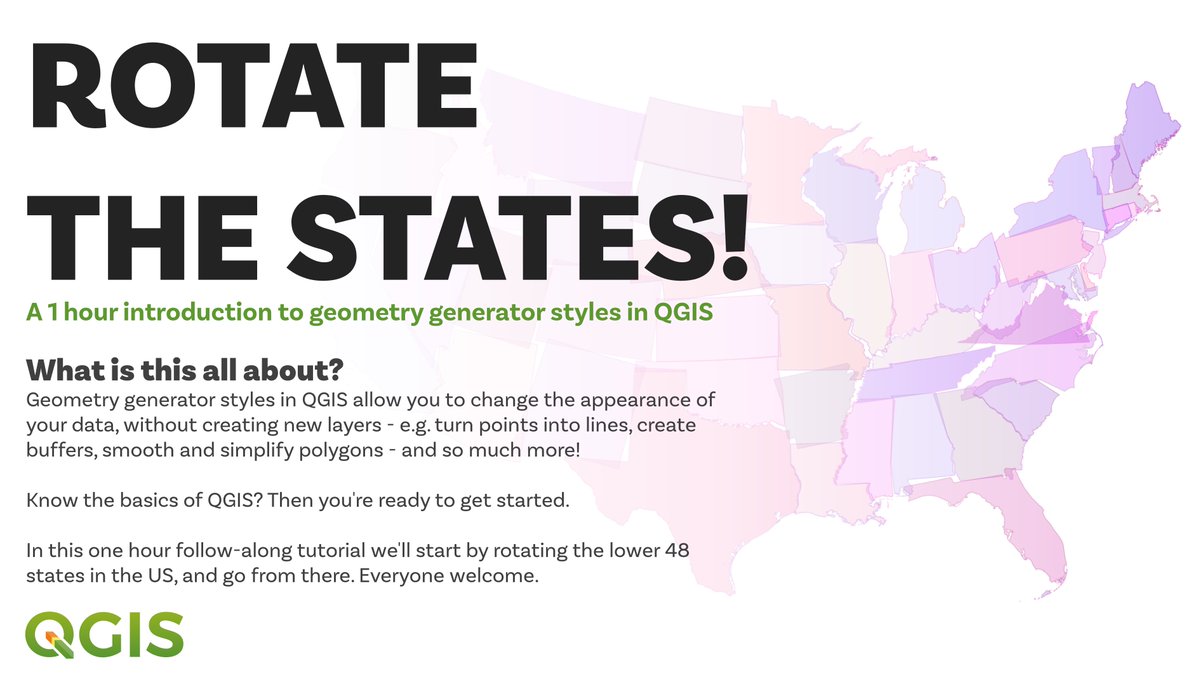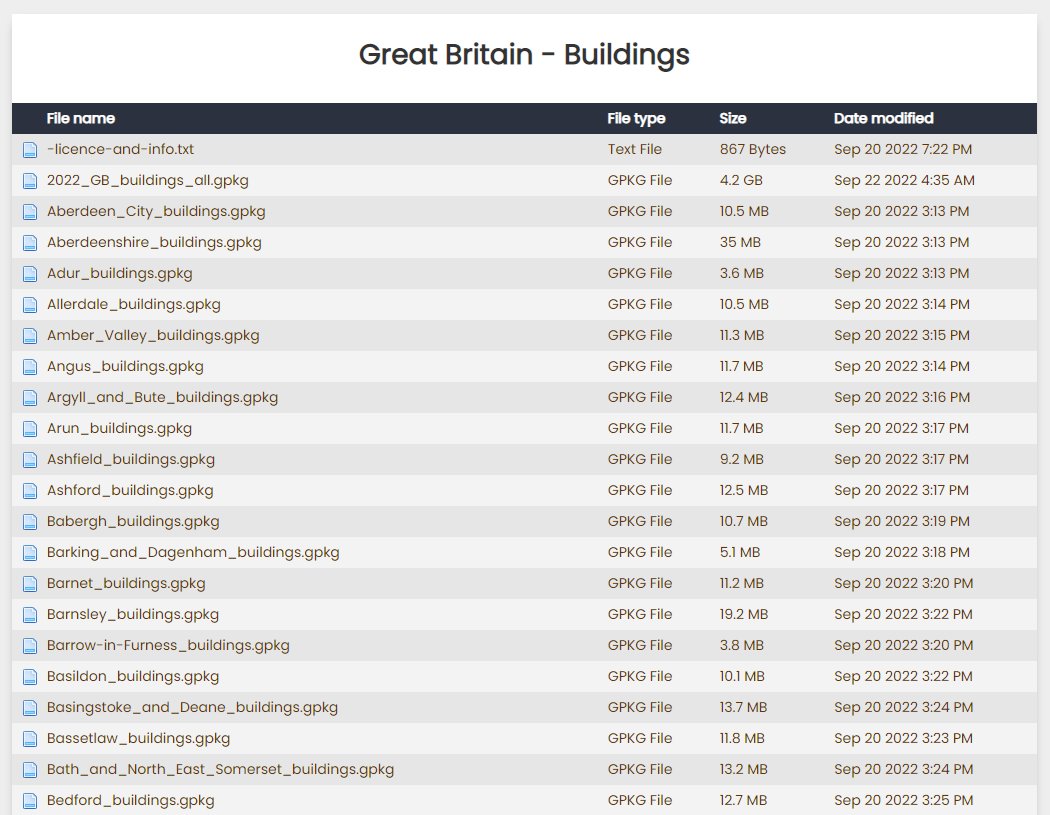
Maps, stats, data, cities, density, elections, gifs, geo + QGIS training with Map Academy - founder of Automatic Knowledge
How to get URL link on X (Twitter) App



 there is also the Met Office "climate regions" map but that's a can of worms that I don't want to open, not least because of the unwavering England N / England S line
there is also the Met Office "climate regions" map but that's a can of worms that I don't want to open, not least because of the unwavering England N / England S line





https://twitter.com/undertheraedar/status/1499831374089539586if you want to get a sense of the scale, look at the size of the people cutting up this old rig in Invergordon last summer




 these are all the different columns in the dataset (TS005Passports held) and the patterns are quite interesting, although I've only done a few maps as a way to explore the data
these are all the different columns in the dataset (TS005Passports held) and the patterns are quite interesting, although I've only done a few maps as a way to explore the data




 and yes that is a helicopter in Richmondshire
and yes that is a helicopter in Richmondshire 

 this is a bit of an experiment that I have been planning to do for a while so let's see how it goes - so long as you know the basics of QGIS you should learn some useful new stuff for design, and possibly more
this is a bit of an experiment that I have been planning to do for a while so let's see how it goes - so long as you know the basics of QGIS you should learn some useful new stuff for design, and possibly more

 what do you get if you extend the distance to 100km around a point (e.g. as a very rough proxy for longer post-Covid commute zones) and do it systematically every 5km across the whole UK?
what do you get if you extend the distance to 100km around a point (e.g. as a very rough proxy for longer post-Covid commute zones) and do it systematically every 5km across the whole UK? 

 I actually saw a full manuscript before the print version came out so my pristine paper copy is now about to be thoroughly thumbed
I actually saw a full manuscript before the print version came out so my pristine paper copy is now about to be thoroughly thumbed

 lots of answers that could potentially also be correct - and which demonstrate next-level nerdery - but whoever goes forth with the true answer will surely be crowned twitter map champion forever
lots of answers that could potentially also be correct - and which demonstrate next-level nerdery - but whoever goes forth with the true answer will surely be crowned twitter map champion forever 




 also possibly interesting but also possibly meaningless is the line on this 'who came second in 2019' map
also possibly interesting but also possibly meaningless is the line on this 'who came second in 2019' map 



 there's buildings, greenspace, places, rail (stations + lines), roads, water - all for single local authorities, or for full Great Britain, if you need it - and simple file names so you can tell what's what - e.g. here's the buildings folder
there's buildings, greenspace, places, rail (stations + lines), roads, water - all for single local authorities, or for full Great Britain, if you need it - and simple file names so you can tell what's what - e.g. here's the buildings folder

https://twitter.com/undertheraedar/status/1488128520069001216this isn't about becoming a billionaire (🤫) but about providing a systematic, affordable fun way to learn, with interesting examples - using data from across the world (we currently have people from 121 countries)





 I've been working with BRES data quite a lot in recent times, so thought I'd take a closer look at the patterns - Northern Ireland sadly not included in this dataset. I was surprised by some maps, but not others
I've been working with BRES data quite a lot in recent times, so thought I'd take a closer look at the patterns - Northern Ireland sadly not included in this dataset. I was surprised by some maps, but not others 




 the World Resources Institute (@WorldResources) publish the Global Power Plant Database, and this contains the location (lat/long) of approx 35,000 power plants worldwide, plus details on primary fuel and generating capacity, etc
the World Resources Institute (@WorldResources) publish the Global Power Plant Database, and this contains the location (lat/long) of approx 35,000 power plants worldwide, plus details on primary fuel and generating capacity, etc 








 I included a population vs land by latitude gif too, because it seems people don't like to live in the sea
I included a population vs land by latitude gif too, because it seems people don't like to live in the sea